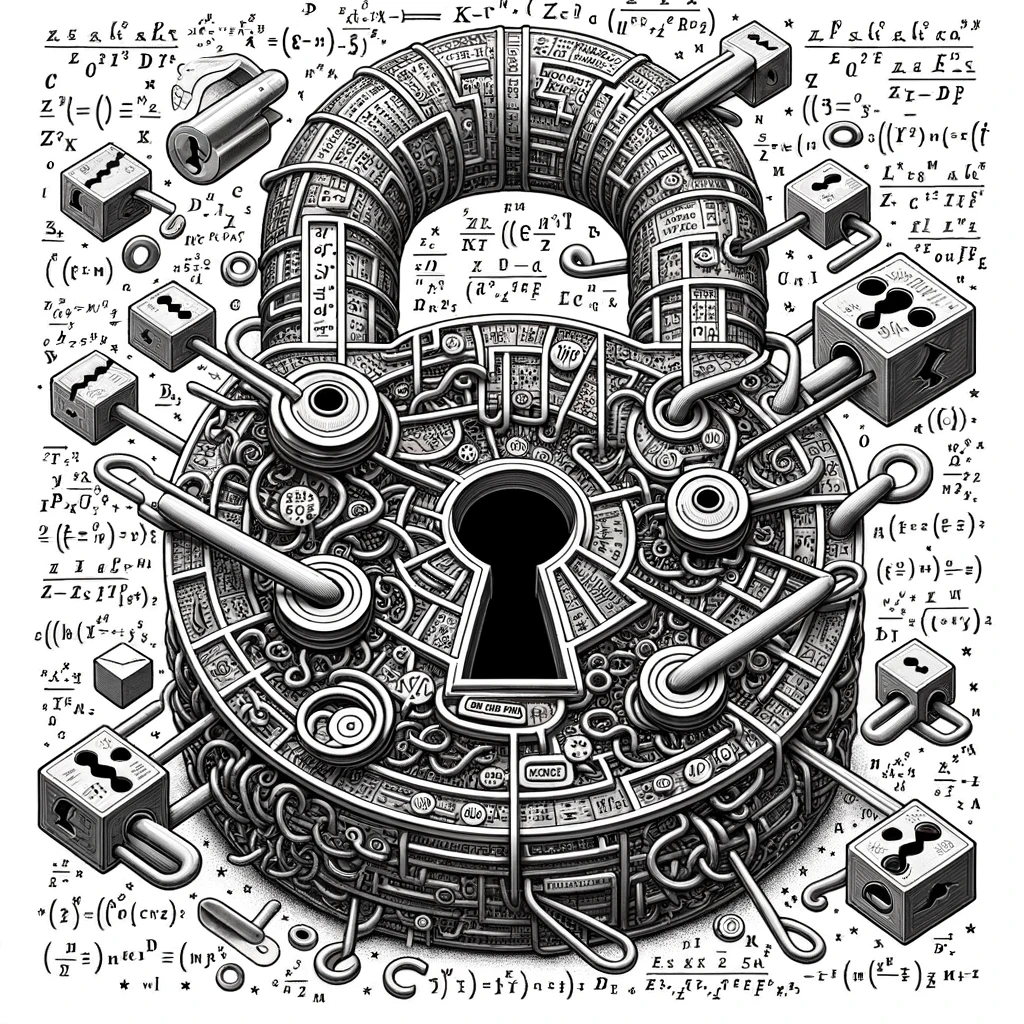Zero Knowledge Proofs (zk-SNARKs) - Unveiling the Math Behind DeFi

In the rapidly evolving landscape of blockchain technology, innovations continue to emerge that reshape industries and redefine possibilities. One such innovation that's making waves in the decentralized finance (DeFi) space is Zero Knowledge Proofs, particularly zk-SNARKs (Zero-Knowledge Succinct Non-Interactive Argument of Knowledge). These cryptographic marvels, founded on intricate mathematical foundations, are the driving force behind the seamless functioning of DeFi platforms. In this article, we will embark on a journey to understand the essential math behind zk-SNARKs, their applications in DeFi, and the revolutionary potential they bring to the blockchain ecosystem.
Traditional Trading vs. Limitations of Order Books
To set the stage, let's consider traditional trading systems that heavily rely on order books. These books match buy and sell orders, but in the context of blockchain, they face limitations due to the sheer volume of transactions and potential liquidity fragmentation. However, zk-SNARKs offer a way to overcome these limitations and introduce a new paradigm in trading.
The Power of zk-SNARKs: Understanding the Math
At the heart of zk-SNARKs lies the concept of a Zero Knowledge Proof, a method of proving that a statement is true without revealing any actual information about the statement itself. For instance, imagine a scenario where someone claims to know a solution to a complex polynomial equation. Using a Zero Knowledge Proof, they can convince others of their claim's validity without disclosing the solution itself. This is akin to proving you possess a treasure map without showing its contents.
To grasp zk-SNARKs, we need to delve into mathematical concepts like modular arithmetic and discrete logarithm problems. These concepts allow us to perform computations and validate proofs while maintaining confidentiality. Modular arithmetic involves working within a specific range of numbers, much like reading a clock, where 2 o'clock plus 11 o'clock equals 1 o'clock. Similarly, zk-SNARKs use mathematical techniques to prove assertions while revealing minimal information, making them invaluable for privacy-focused applications.
Zero Knowledge Proofs in DeFi: A Game-Changer
So, how do zk-SNARKs revolutionize DeFi? Let's explore a few key applications:
1. Decentralized Exchanges (DEXs) and Automated Market Makers (AMMs)
Traditional exchanges face challenges due to the constant need for transaction updates and the fragmentation of liquidity caused by different price options. zk-SNARKs enable the creation of Automated Market Makers (AMMs) that use mathematical formulas, like the Constant Product Market Maker, to determine prices based on supply and demand. This eliminates the need for order books and enables seamless trading with improved liquidity.
2. Lending and Borrowing Protocols
In DeFi lending, zk-SNARKs can enforce loan repayment without compromising user privacy. Lenders can require borrowers to over-collateralize loans and ensure interest payments. This eliminates the need for intermediaries and enables trustless lending while preserving user confidentiality.
3. Tokenized Assets and Identity Verification
zk-SNARKs can be employed to tokenize real-world assets on the blockchain while ensuring that only authorized individuals can access and trade these assets. This paves the way for secure and efficient asset management and cross-border transactions.
4. Scalability and Privacy
One of the most significant challenges in blockchain is achieving both scalability and privacy. zk-SNARKs offer a potential solution by allowing off-chain computations while providing cryptographic proofs on-chain. This enhances transaction throughput and reduces congestion while maintaining the privacy of sensitive data.
The Road Ahead: Empowering a New Era of DeFi
In conclusion, zk-SNARKs represent a groundbreaking advancement in the realm of blockchain technology, with implications far beyond the realm of DeFi. Their ability to prove complex statements without revealing underlying information opens the door to unparalleled privacy, scalability, and security in various applications. As the blockchain ecosystem continues to evolve, zk-SNARKs are poised to play a pivotal role in shaping a new era of decentralized finance and beyond. It's a testament to the power of mathematics to unlock innovation and transform industries.


